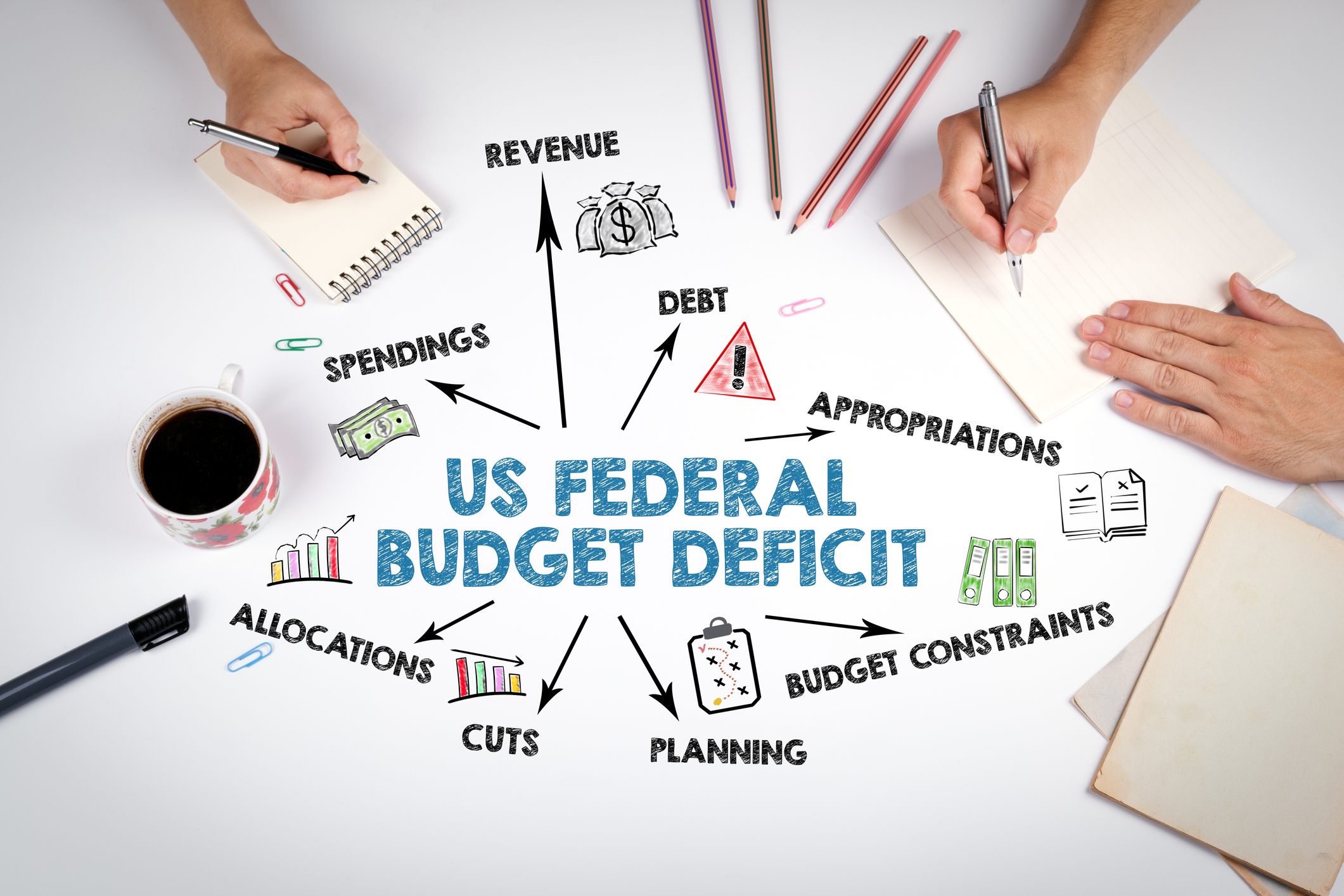
Getting the right tax advice and tips is vital in the complex tax world we live in. The Kiplinger Tax Letter helps you stay right on the money with the latest news and forecasts, with insight from our highly experienced team (Get a free issue of The Kiplinger Tax Letter or subscribe). You can only get the full array of advice by subscribing to the Tax Letter, but we will regularly feature snippets from it online, and here is one of those samples…
Taxes will be center stage in 2025 and 2026. Much of the 2017 tax law expires after 2025. Most provisions impacting individuals and estates end after 2025. These include lower tax rates, a bigger child credit, higher standard deductions, and larger lifetime estate and gift tax exemptions. Unless lawmakers act to extend the changes, they will revert to the rules that were in effect for 2017.
Extending the tax breaks won’t be easy, though politicians may feel they have no other choice. Lawmakers are loath to hike the federal debt. Decades of deficit spending have added up to a national debt of more than $34 trillion. Expect Congress to seek a way to pay for extending some or all of the tax cuts. Politicians might even use the upcoming 2025 tax debate to lower the debt. Of course, whatever happens depends in large part on who controls Congress and the presidency.
Some costly current tax breaks will get lots of attention from lawmakers. So we thought we’d review the 10 largest individual tax expenditures rounded up by the staff of the nonpartisan congressional Joint Committee on Taxation.
If lawmakers want to raise revenue to offset the cost of extending the 2017 tax cuts, these are key targets. Needless to say, an army of lobbyists will defend each of them. Here are the top 10 expenditures in 2024, starting with the highest one.
- Tax breaks for pensions, retirement plans and accounts: Tax-deferred payins to 401(k)s, deductible payins to traditional IRAs, tax deferral on account earnings, etc.
- Favorable tax rates on qualified dividends and long-term capital gains: The 0%, 15% and 20% rates are much lower than the 37% top rate on ordinary income.
- The exclusion from tax for employer-provided health insurance: Employer-paid health premiums aren’t included in an employee’s taxable wages, even though the employer can deduct the amounts as a business expense.
- The $2,000 per-kid child credit and the $500 credit for other dependents
- The health premium tax credit for health insurance that is purchased through an exchange by people who have no access to affordable employer coverage.
- The refundable earned income tax credit for lower-income workers.
- Charitable contributions for filers who itemize on Schedule A of the 1040.
- The stepped-up basis for inherited property: Under the U.S. tax code, a decedent’s unrealized gains aren’t hit with federal income tax at death, and heirs step up their basis in the assets they receive, equal to fair market value on death.
- The 20% qualified business income deduction on pass-through income: People who are self-employed and individuals who own pass-through entities (such as partnerships, LLCs, S corporations and some trusts) can deduct 20% of their qualified business income, subject to restrictions for upper-incomers.
- Treating between 15% and 100% of Social Security benefits as tax-free.
This first appeared in The Kiplinger Tax Letter. It helps you navigate the complex world of tax by keeping you up-to-date on new and pending changes in tax laws, providing tips to lower your business and personal taxes, and forecasting what the White House and Congress might do with taxes. Get a free issue of The Kiplinger Tax Letter or subscribe.







